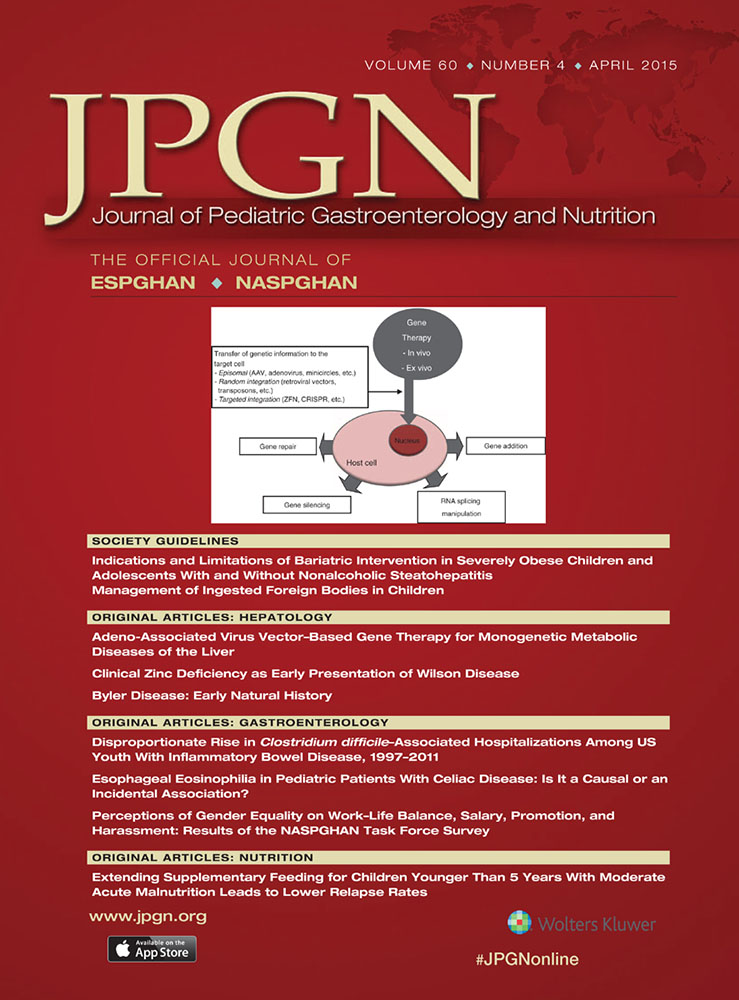Maternal Supplementation With Natural or Synthetic Vitamin E and Its Levels in Human Colostrum
This study was supported by funding from Conselho Nacional de Desenvolvimento Científico e Tecnológico (CNPq).
The authors report no conflicts of interest.
ABSTRACT
Objectives:
Newborns are considered a high-risk group for vitamin E deficiency. Breast milk is a source of alpha-tocopherol (α-TOH), a form of vitamin E that prevents deficiency. The present study aimed to assess whether supplementation with a natural or synthetic form of α-TOH, in addition to maternal sources of vitamin E, would increase the concentration of α-TOH in colostrum.
Methods:
A total of 109 healthy lactating women were recruited from a Brazilian public maternity clinic and randomized into 3 groups: control without supplementation (n = 36), natural α-TOH supplementation (n = 40), and synthetic α-TOH supplementation (n = 33). Blood and colostrum samples were collected before and after supplementation to check the nutritional status of these women by high-performance liquid chromatography. The Kruskal-Wallis test was applied for independent samples, and Tukey test was used for 2-way analysis of the averages of the groups. The baseline nutritional status of vitamin E of all of the lactating women enrolled in the trial was considered adequate.
Results:
Women who received supplementation had higher concentrations of α-TOH in colostrum than the control group, with 57% and 39% increases in women supplemented with the natural and synthetic forms of α-TOH, respectively.
Conclusions:
Supplementation with both forms of α-TOH increased vitamin E concentrations in colostrum; however, the natural form was more efficient in increasing the levels.




